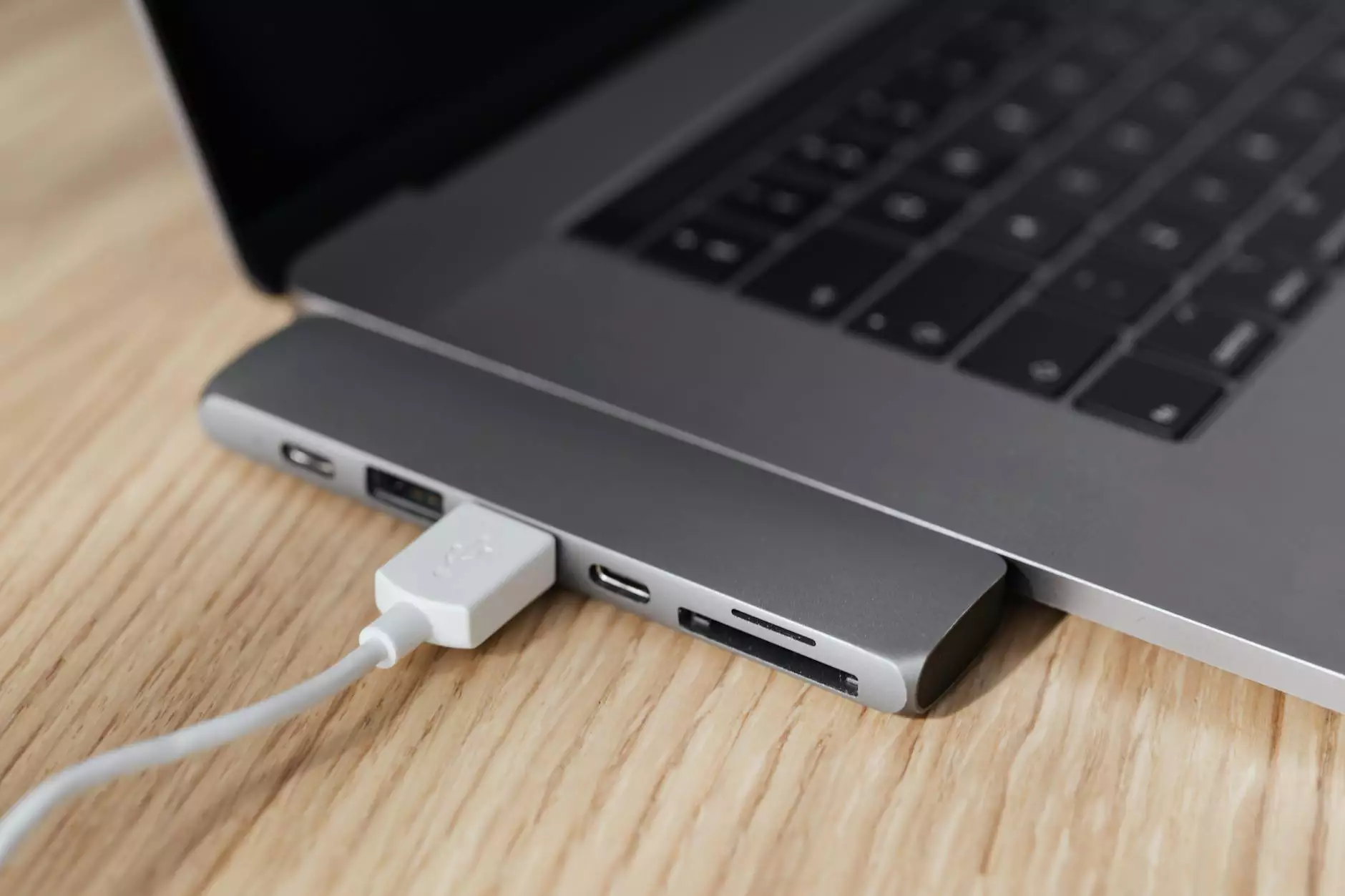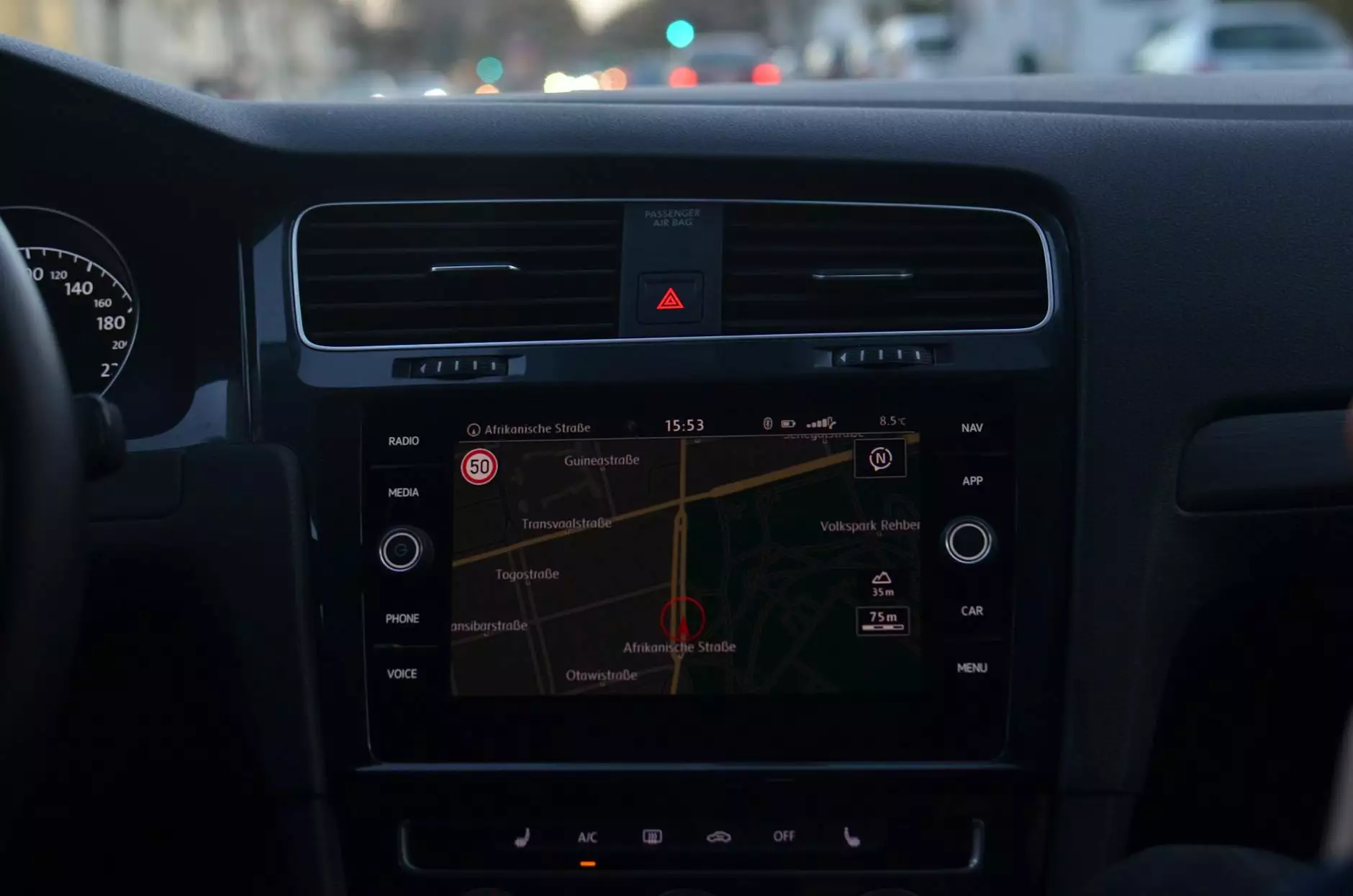Flash Drives vs SD Cards: Deciphering the Storage Dilemma

In the era of digital dominance, the quest for optimal storage solutions reigns supreme. Consumers are often faced with the dilemma of choosing between flash drives and SD cards, both offering portable and efficient storage options. But how do you decide which is the right pick for your specific needs?
Understanding Flash Drives
Flash drives, also known as USB flash drives or pen drives, are compact and lightweight storage devices that connect to your computer via a USB port. These nifty gadgets are ideal for transferring files, storing backups, or carrying documents on the go. One of the key benefits of flash drives is their plug-and-play functionality, allowing for quick and easy access to your data.
Exploring the Realm of SD Cards
SD cards, short for Secure Digital cards, come in a variety of sizes and formats, catering to diverse user requirements. From micro SD cards for mobile devices to standard SD cards for cameras and other electronics, these memory cards offer versatility and reliability. Whether you need additional storage for your smartphone, tablet, or camera, an SD card can expand your device's capacity effortlessly.
Comparing Features and Capacities
When it comes to storage capacities, both flash drives and SD cards offer a range of options to suit your needs. Flash drives typically come in capacities ranging from a few gigabytes to several terabytes, making them suitable for storing large files such as videos, images, and software applications. On the other hand, SD cards offer capacities that vary from a few gigabytes to hundreds of gigabytes, accommodating the storage requirements of different devices and scenarios.
Speed and Performance
In terms of speed and performance, SD cards are known for their sequential read and write speeds, making them ideal for tasks that involve recording high-definition videos or capturing rapid bursts of photos. However, flash drives often outshine SD cards when it comes to random access speeds, which can significantly impact the performance of applications and file transfers.
Compatibility and Durability
Both storage solutions offer compatibility with a wide range of devices, including computers, cameras, smartphones, and gaming consoles. While flash drives are more susceptible to physical damage due to their exposed USB connectors, SD cards are built to withstand rugged conditions, making them a reliable choice for outdoor adventures and travel.
Choosing the Right Storage Solution
Ultimately, the decision between flash drives and SD cards boils down to your specific requirements and preferences. If you prioritize speed, durability, and flexibility, an SD card may be the ideal choice for your photography or videography needs. On the other hand, if you seek versatility, portability, and easy access to your files, a flash drive could be the perfect companion for your data storage endeavors.
Conclusion
Whether you opt for a flash drive or an SD card, both storage solutions offer unique advantages that cater to different use cases. By understanding the features, capacities, speed, and compatibility of each option, you can make an informed decision that aligns with your storage requirements. Explore the diverse world of storage devices and elevate your digital experience with the perfect solution for your data storage needs.









